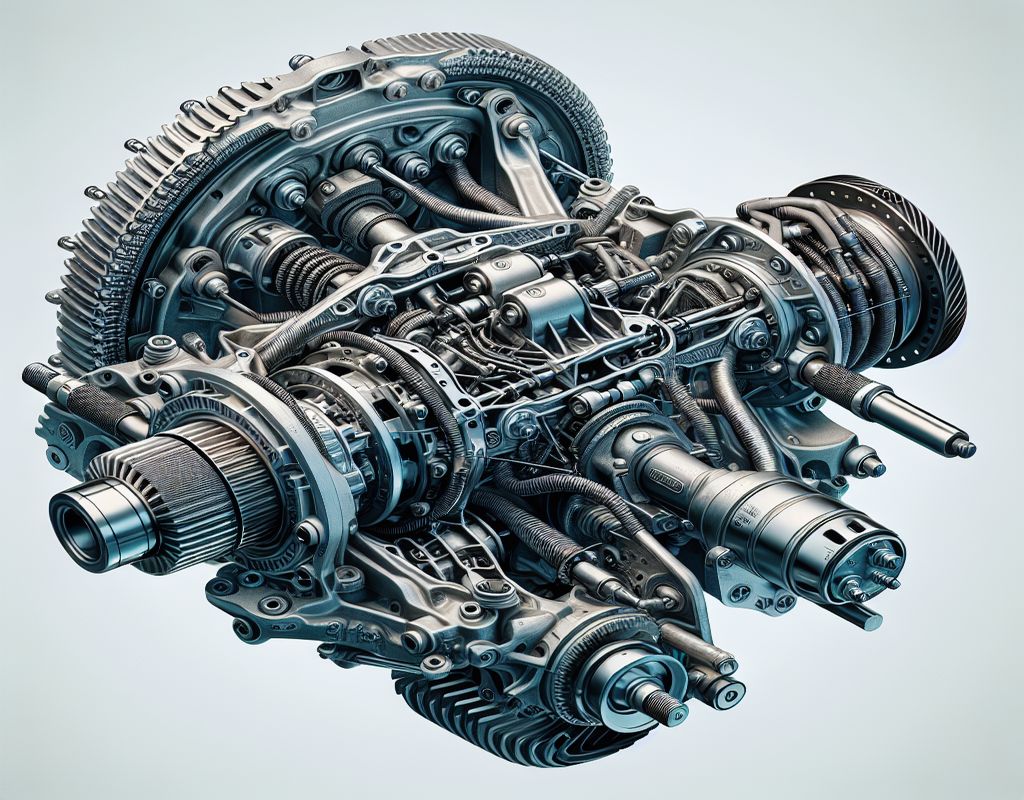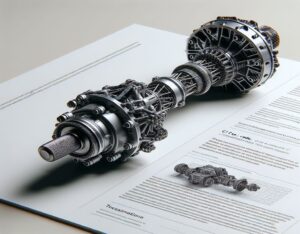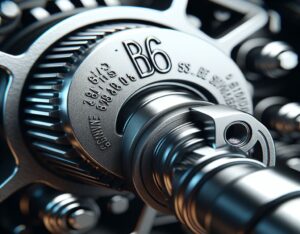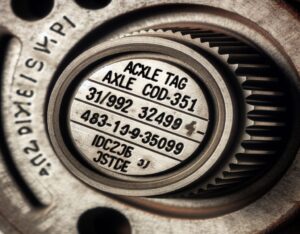Understanding the Rear Axle of a 2006 Ford F250
Introduction
Unraveling the mysteries of the rear axle in your 2006 Ford F250 is crucial for enthusiasts, owners, and mechanics. This blog post delves deep into the intricacies of this vital component, shedding light on its significance, types, common issues, and maintenance tips.
History and Significance
The 2006 Ford F250 epitomizes Ford’s dedication to crafting robust and reliable trucks that cater to a diverse audience. Celebrated for its towing prowess, durability, and versatility, the F250 quickly won the hearts of truck aficionados. Boasting powerful engine options, a sturdy chassis, and a dependable drivetrain, the 2006 model’s performance hinges significantly on its rear axle. This component shoulders the weight of the vehicle, channels power to the wheels, and ensures stability during towing and hauling tasks.
Exploring the Rear Axle
At the core of a vehicle’s drivetrain system lies the rear axle, responsible for transmitting power from the transmission to the wheels. In the case of the 2006 Ford F250, the rear axle plays a pivotal role in managing engine torque, supporting the truck’s weight, and maintaining wheel alignment. Unlike the front axle, the rear axle differs in load-bearing capacity, design, and functionality.
Rear Axle Varieties
Solid Rear Axle
The solid rear axle in the 2006 Ford F250 boasts a robust and straightforward design, connecting the wheels via a single axle shaft. Known for its durability and simplicity, this axle type is ideal for heavy-duty applications. However, its rigid construction may result in a rougher ride quality compared to other suspension systems.
Advantages:
- Superior strength and durability
- Simplified design for easier maintenance
Disadvantages:
- Limited articulation affecting off-road performance
- Potential rough ride on uneven surfaces
Independent Rear Suspension (IRS)
In contrast, the Independent Rear Suspension (IRS) in select 2006 Ford F250 models offers a more sophisticated design. Allowing each wheel to move independently enhances traction and ride comfort. While IRS systems typically deliver better handling and a smoother ride, they may entail higher maintenance costs due to their complexity.
Advantages:
- Improved traction and handling
- Enhanced ride comfort, especially on rough terrain
Disadvantages:
- Higher maintenance costs
- Potentially less durability in extreme off-road conditions
Choosing the Right Axle
Selecting between a solid rear axle and IRS hinges on the vehicle’s intended use. While a solid rear axle excels in durability and simplicity, an IRS system offers superior comfort and handling characteristics.
Addressing Common Issues
Despite its importance, the rear axle of the 2006 Ford F250 is susceptible to wear, leaks, corrosion, and signs of malfunction. To combat these issues, regular inspections, lubrication, and timely repairs are essential maintenance practices.
Maintenance Tips
Safeguarding the rear axle of your 2006 Ford F250 is paramount for optimal performance and longevity. Routine inspections, component lubrication, and prompt issue resolution can significantly extend the axle’s lifespan and prevent costly repairs.
In conclusion, mastering the intricacies of the rear axle in your 2006 Ford F250 is pivotal for maximizing performance, durability, and safety. By familiarizing yourself with its components, types, common issues, and maintenance requirements, you can ensure your Ford F250 remains a reliable companion for years to come.



